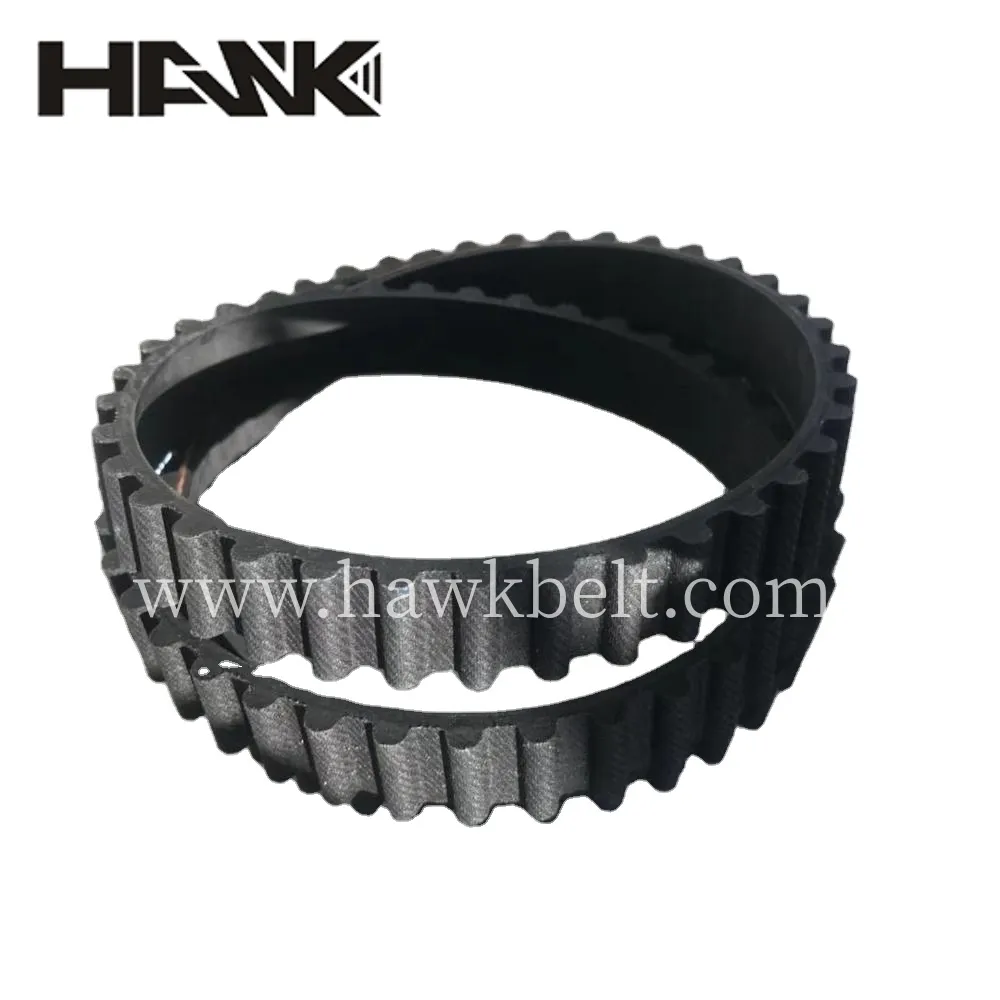- Arabic
- French
- Russian
- Spanish
- Portuguese
- Turkish
- Armenian
- English
- Albanian
- Amharic
- Azerbaijani
- Basque
- Belarusian
- Bengali
- Bosnian
- Bulgarian
- Catalan
- Cebuano
- Corsican
- Croatian
- Czech
- Danish
- Dutch
- Afrikaans
- Esperanto
- Estonian
- Finnish
- Frisian
- Galician
- Georgian
- German
- Greek
- Gujarati
- Haitian Creole
- hausa
- hawaiian
- Hebrew
- Hindi
- Miao
- Hungarian
- Icelandic
- igbo
- Indonesian
- irish
- Italian
- Japanese
- Javanese
- Kannada
- kazakh
- Khmer
- Rwandese
- Korean
- Kurdish
- Kyrgyz
- Lao
- Latin
- Latvian
- Lithuanian
- Luxembourgish
- Macedonian
- Malgashi
- Malay
- Malayalam
- Maltese
- Maori
- Marathi
- Mongolian
- Myanmar
- Nepali
- Norwegian
- Norwegian
- Occitan
- Pashto
- Persian
- Polish
- Punjabi
- Romanian
- Samoan
- Scottish Gaelic
- Serbian
- Sesotho
- Shona
- Sindhi
- Sinhala
- Slovak
- Slovenian
- Somali
- Sundanese
- Swahili
- Swedish
- Tagalog
- Tajik
- Tamil
- Tatar
- Telugu
- Thai
- Turkmen
- Ukrainian
- Urdu
- Uighur
- Uzbek
- Vietnamese
- Welsh
- Bantu
- Yiddish
- Yoruba
- Zulu
Dis . 04, 2024 15:54 Back to list
6pk auto belt
Understanding the 6PK Auto Belt Importance and Applications
The 6PK auto belt, a vital component in many automotive systems, is designed to provide power transmission between various engine components such as the alternator, power steering pump, and air conditioning compressor. Its design features a 6-ribbed structure, which enhances grip and ensures efficient energy transfer, making it a popular choice in modern vehicles.
What is a 6PK Auto Belt?
The designation 6PK refers to the configuration of the belt, where 6 indicates the number of ribs or grooves on the belt, and PK signifies that it is part of the poly-V or serpentine belt family. Unlike older V-belts, which had a single rib and required multiple belts for various components, the serpentine belt consolidates these functions into a single belt with several ribs. This design not only simplifies the engine compartment by reducing the number of belts needed but also improves the efficiency of power transmission.
Advantages of 6PK Auto Belts
1. Efficiency The 6PK auto belt provides better grip and contact with the pulleys due to its multiple ribs, which translates to less slippage and more efficient power transfer. This efficiency is crucial for maintaining optimal engine performance and reducing fuel consumption.
2. Durability Made from high-quality rubber compounded with reinforcing materials, 6PK belts are designed to endure harsh conditions. Their resistance to abrasion, heat, and environmental factors contributes to a longer lifespan compared to traditional belts.
3. Quieter Operation The design of the 6PK belt allows for smoother operation and less noise compared to older belt configurations. This is particularly important in modern vehicles, where cabin noise levels are kept to a minimum for a more comfortable driving experience.
4. Reduced Maintenance With a single belt powering multiple components, the 6PK auto belt reduces maintenance needs. Vehicle owners can check and replace the belt more easily, lowering the total cost of ownership.
Applications in Automotive Systems
6pk auto belt

The 6PK belt is utilized in various automotive systems, playing a crucial role in their functionality. These belts are commonly found in
- Alternator Systems The belt powers the alternator, ensuring that the vehicle's electrical system remains operational by charging the battery and powering the electrical components.
- Power Steering Systems A functioning power steering system is essential for effortless vehicle maneuverability. The 6PK belt enables this system, allowing drivers to steer smoothly, particularly at low speeds.
- Air Conditioning Compressors The 6PK belt also drives the compressor in the air conditioning system, ensuring that the vehicle remains comfortable regardless of external temperatures.
- Water Pumps In some vehicle designs, the 6PK belt may also be connected to the water pump, aiding in engine cooling and preventing overheating.
Installation and Maintenance
Installing a 6PK auto belt is typically straightforward but requires some knowledge of vehicle mechanics. Before installation, it's important to inspect the belt for signs of wear such as cracks, fraying, or glazing. Replacing a worn or damaged belt promptly is crucial to avoid further damage to the engine components.
When maintaining a 6PK belt, keeping the pulleys clean and ensuring proper tension is vital. Over time, belts can stretch and lose their effectiveness, necessitating periodic checks and adjustments to maintain optimal performance.
Conclusion
In conclusion, the 6PK auto belt is a critical component in today’s vehicles, offering enhanced efficiency, durability, and ease of maintenance. Understanding its importance and functionality is essential for both automotive professionals and vehicle owners. With proper care, a 6PK belt can significantly contribute to the overall performance and reliability of a vehicle, making it an integral part of modern automotive engineering. As vehicles continue to evolve, the role of components like the 6PK auto belt will remain essential in ensuring a smooth and efficient driving experience.
-
Korean Auto Parts Timing Belt 24312-37500 For Hyundai/Kia
NewsMar.07,2025
-
7PK2300 90916-T2024 RIBBED BELT POLY V BELT PK BELT
NewsMar.07,2025
-
Chinese Auto Belt Factory 310-2M-22 For BMW/Mercedes-Benz
NewsMar.07,2025
-
Chinese Auto Belt Factory 310-2M-22 For BMW/Mercedes-Benz
NewsMar.07,2025
-
90916-02660 PK Belt 6PK1680 For Toyota
NewsMar.07,2025
-
drive belt serpentine belt
NewsMar.07,2025

